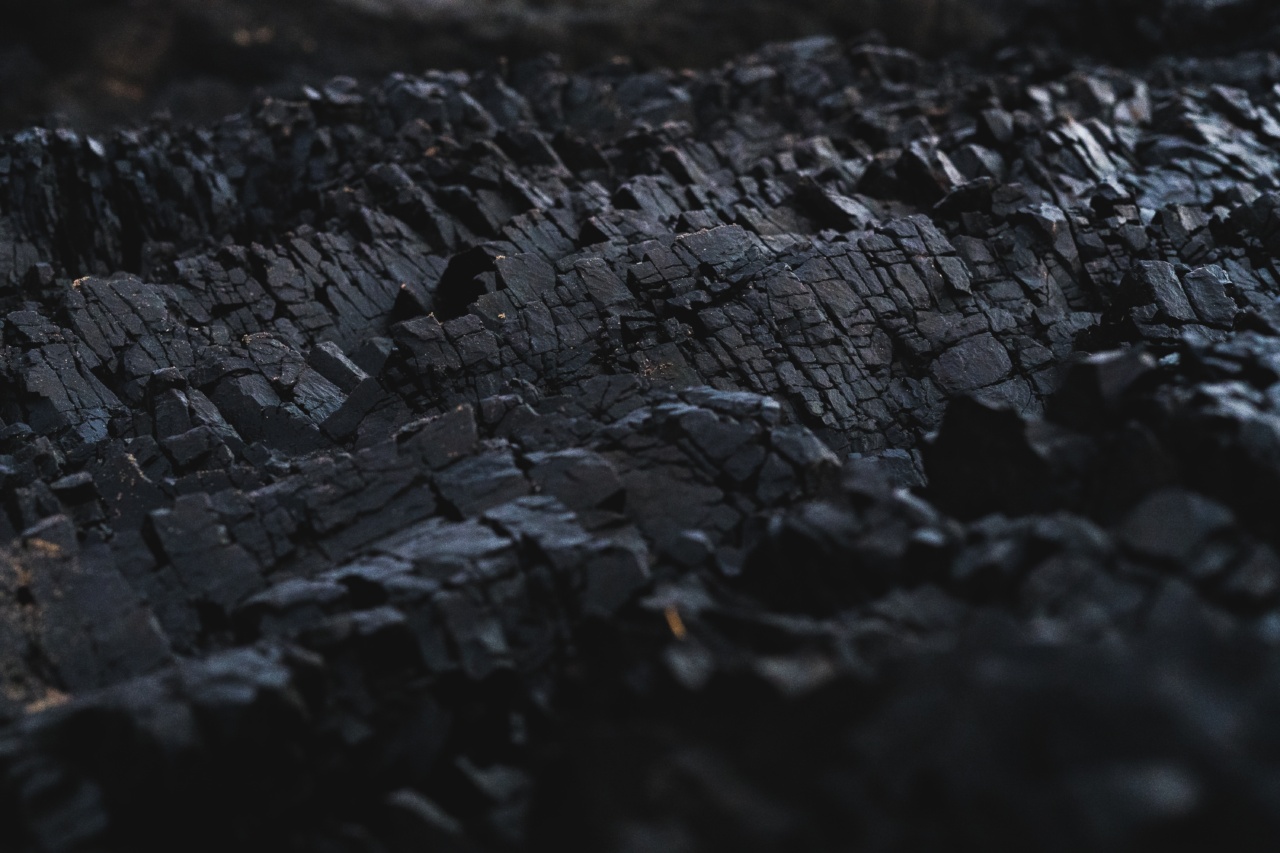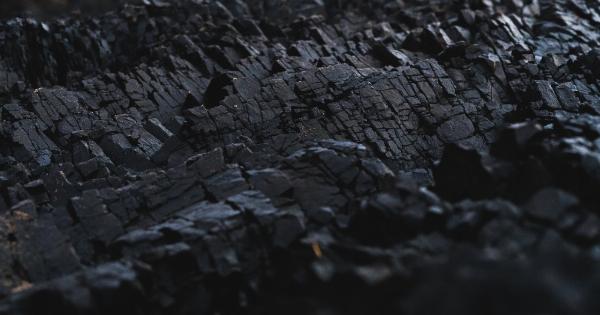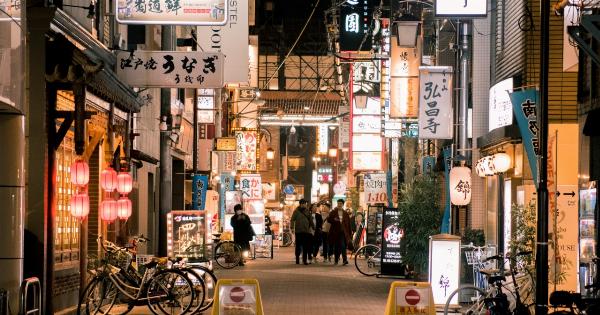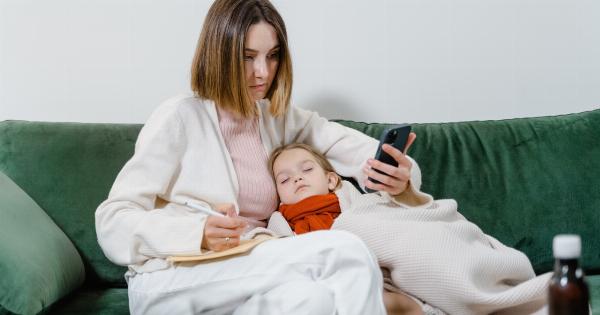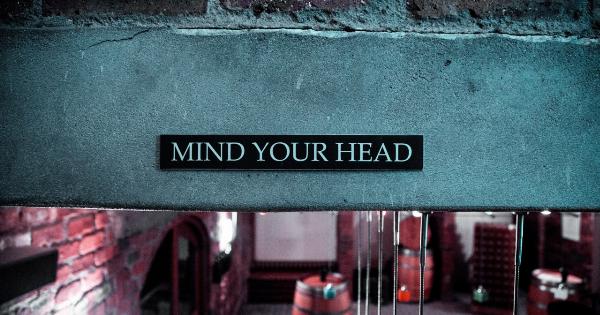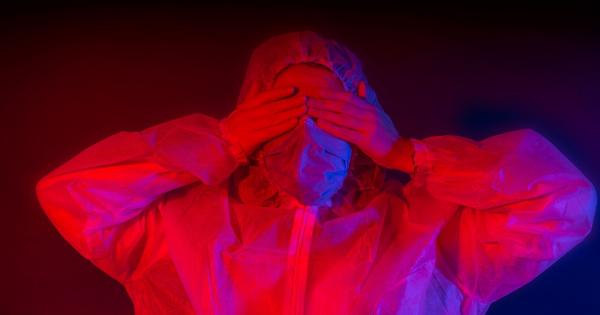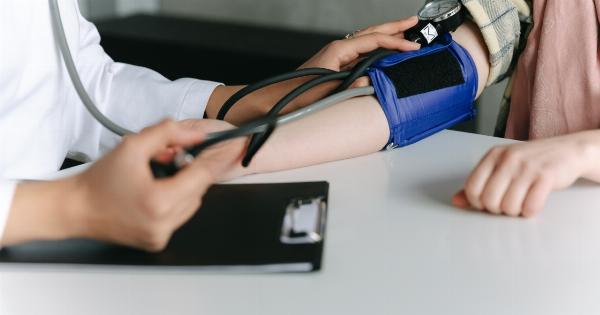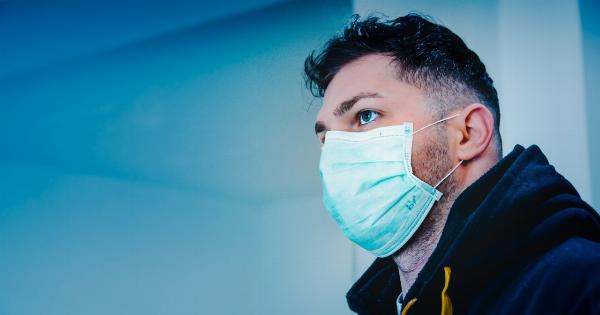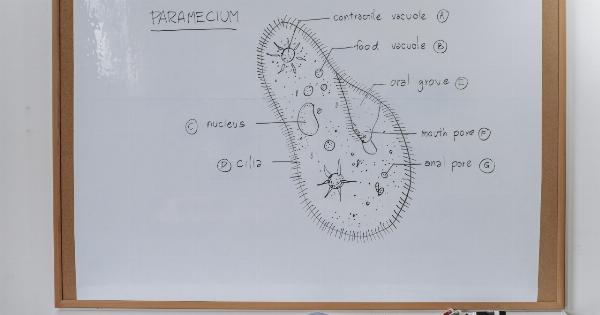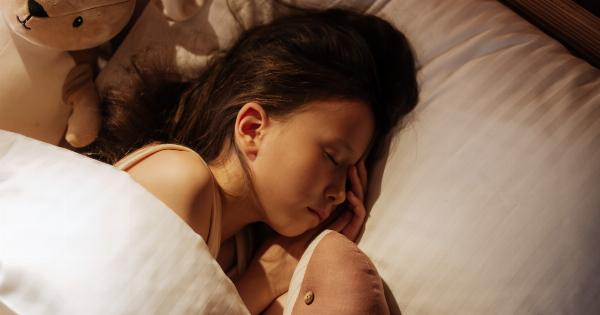Carbon monoxide (CO) is a colorless, odorless, and tasteless gas that is produced by the incomplete combustion of fossil fuels such as coal, wood, oil, and natural gas.
It is often referred to as the “silent killer” because it can be deadly if not detected early. Carbon monoxide poisoning occurs when the gas builds up in enclosed or poorly ventilated spaces and is inhaled.
Understanding the symptoms of carbon monoxide poisoning is crucial to ensure prompt medical attention and prevent serious health complications.
Common Symptoms of Carbon Monoxide Poisoning
The symptoms of carbon monoxide poisoning may vary depending on the level and duration of exposure.
It is important to note that carbon monoxide poisoning can affect individuals differently, and some people may be more susceptible to its effects than others. However, here are the most common symptoms associated with carbon monoxide poisoning:.
1. Headache
One of the early signs of carbon monoxide poisoning is a persistent headache. As carbon monoxide enters the bloodstream, it replaces oxygen and hampers the supply of oxygen to the brain.
This oxygen deprivation can lead to headaches that are often described as dull, throbbing, or constant.
2. Nausea and Vomiting
Elevated levels of carbon monoxide in the body can cause nausea and vomiting. This symptom is often accompanied by feelings of dizziness and can be easily mistaken for other conditions such as food poisoning or the flu.
If several people in a confined space experience similar symptoms, carbon monoxide poisoning should be suspected.
3. Fatigue and Weakness
Exposure to carbon monoxide can result in feelings of fatigue and weakness. This is because the gas disrupts the normal function of red blood cells, which are responsible for carrying oxygen throughout the body.
As a result, individuals may experience a lack of energy and overall weakness.
4. Dizziness and Confusion
Dizziness and confusion are common symptoms of carbon monoxide poisoning. The brain requires a constant supply of oxygen to function properly, and when exposed to carbon monoxide, cognitive abilities can be significantly impaired.
This can manifest as difficulty concentrating, memory problems, disorientation, and even loss of consciousness in severe cases.
5. Shortness of Breath
Carbon monoxide poisoning can cause shortness of breath, especially during physical exertion or when exposed to higher levels of the gas. The lack of oxygen delivered to the body’s tissues and organs can make it difficult to breathe.
Individuals may feel as though they are not getting enough air or experience a tightness in their chest.
6. Chest Pain
Some individuals may experience chest pain as a symptom of carbon monoxide poisoning. This can be due to the increased workload on the heart caused by oxygen deprivation.
Carbon monoxide can also lead to the formation of blood clots, which can further contribute to chest pain and discomfort.
7. Visual Disturbances
Blurred vision and other visual disturbances may occur in individuals exposed to high levels of carbon monoxide. The gas can damage the optic nerves and impair vision.
If you notice sudden changes in your ability to see clearly or experience visual disturbances, seek medical attention immediately.
8. Flu-Like Symptoms
Carbon monoxide poisoning can often mimic the symptoms of the flu. These flu-like symptoms may include body aches, chills, fever, and a general feeling of malaise. However, unlike the flu, carbon monoxide poisoning does not typically cause a high fever.
9. Sleep Disturbances
Individuals exposed to carbon monoxide poisoning may experience sleep disturbances such as insomnia or disrupted sleep patterns. This can be attributed to the discomfort caused by other symptoms like headaches, dizziness, and shortness of breath.
Sleep disturbances can greatly impact an individual’s overall well-being and quality of life.
10. Loss of Consciousness or Coma
In severe cases of carbon monoxide poisoning, loss of consciousness or coma can occur. When the body is deprived of oxygen for prolonged periods, it can lead to a loss of consciousness and potentially life-threatening complications.
Immediate medical attention is critical in such cases.
If you suspect carbon monoxide poisoning based on the symptoms experienced by yourself or others around you, it is crucial to take immediate action. Leave the area and seek fresh air outdoors, then contact emergency services for assistance.
Carbon monoxide detectors should be installed in homes and regularly checked to ensure functionality, as prevention is key in avoiding this dangerous condition.
